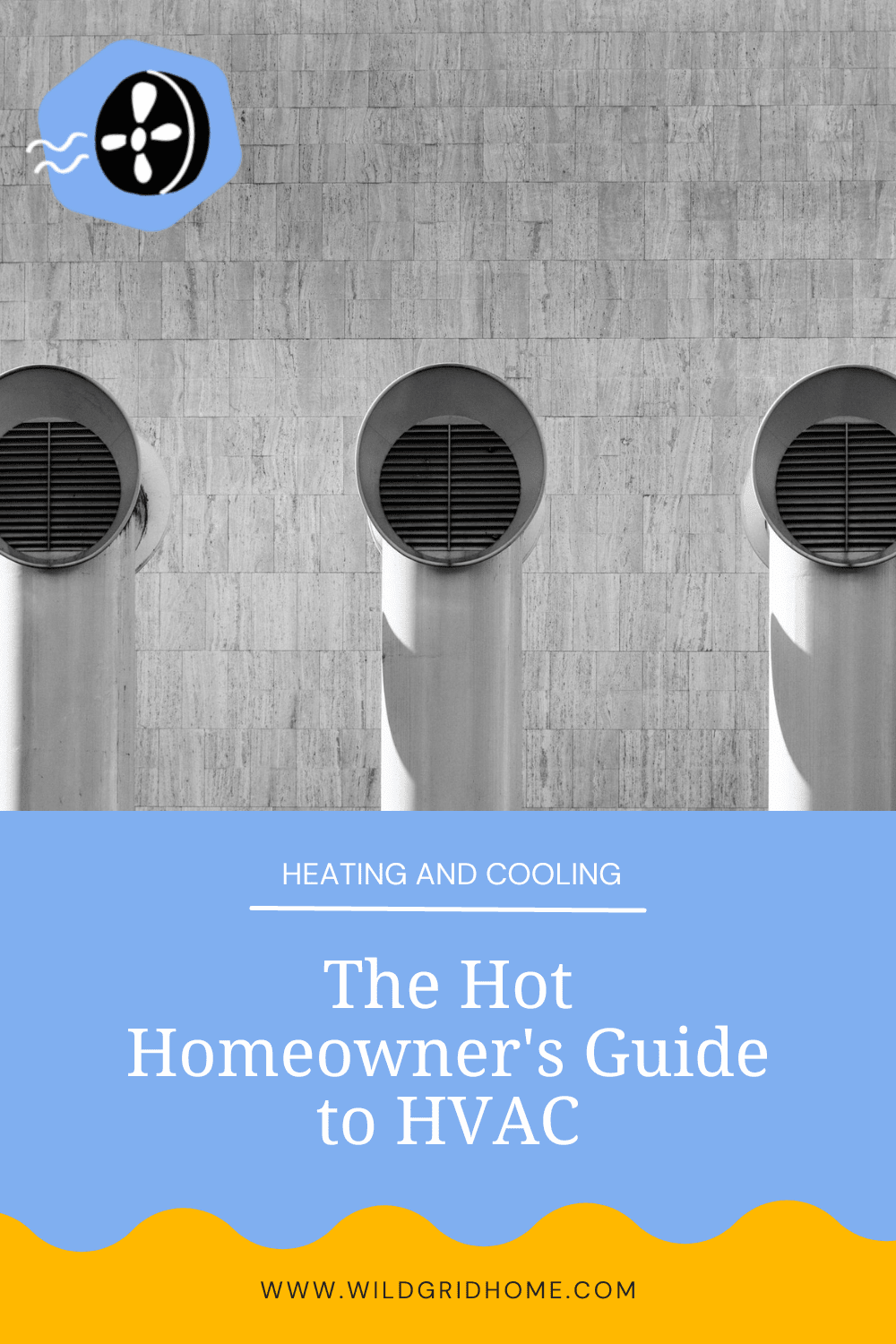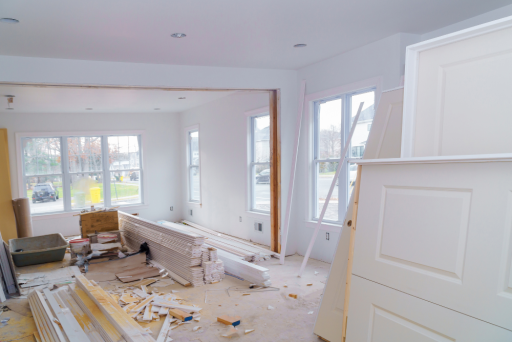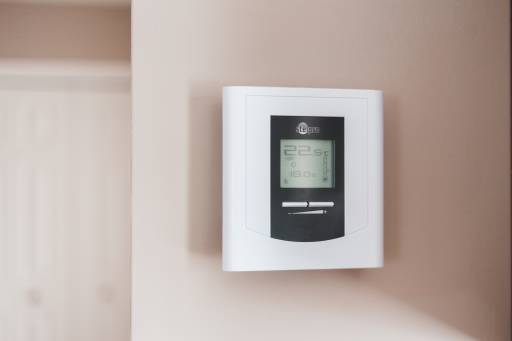The Hot Homeowner's Guide to HVAC
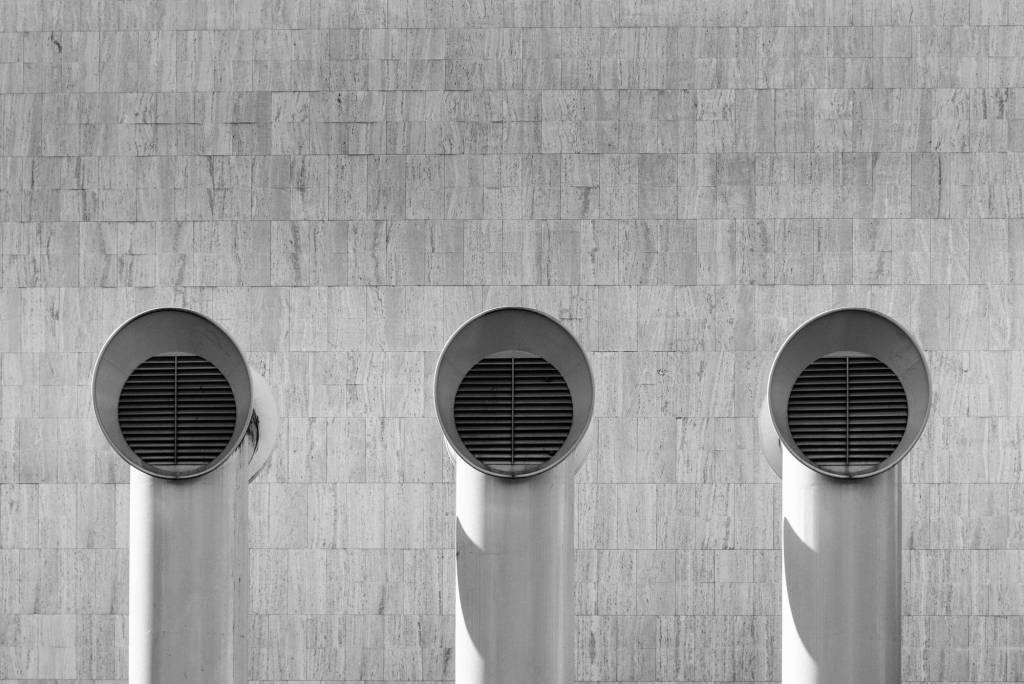
Optimizing your home’s energy efficiency inevitably requires taking a good hard look at your HVAC system. 👀
But before embarking on a major home improvement project, it’s a good idea to take it down to the studs before literally taking it down to the studs.
So, let’s answer the question: what even is an HVAC system? 🧐
The Brass Tacks of HVAC
HVAC stands for Heating, Ventilation, and Air Conditioning.
While any given HVAC system may look completely different from the one in the house next door, the goal will always be the same: to create a comfortable indoor climate. To achieve that goal, most HVAC systems are designed to regulate the temperature, humidity, purity, and circulation of the air in a home.
What makes up an HVAC system?
As the acronym suggests, HVAC systems, in their most basic form, will consist of a heating unit and a cooling or “air conditioning” unit, along with some method of ventilation and circulation.
There are many different options for each of these elements, and some HVAC systems may not include all of them. For instance, homes in hotter climates may omit the heating unit, while homes in colder climates may make due without AC.
Here’s what each of those elements might look like.

Ventilation (and Circulation) 🔄
Please forgive me for unpacking this acronym out of order, but it all starts with ventilation and ends with circulation.
Ventilation is the process by which fresh air enters your home. Some homes rely on “natural ventilation”, which is basically just taking advantage of the cracks around windows and doors to get outside air in.
Homes with natural ventilation sometimes rely on natural circulation too: variations in atmospheric pressure causing automatic air flow. That’s what happens when you open your windows to get a cross breeze. 🪟
Other homes, especially more modern ones, use “mechanical ventilation.” Configurations of vents, fans, blowers (don’t freak out… but blowers and fans are not the same thing 🤯), ducts, and air handlers draw fresh air into the home and distribute it. The reason mechanical ventilation is being used more and more is because having an airtight home can drastically reduce energy waste. Which is pretty rad. 🤙
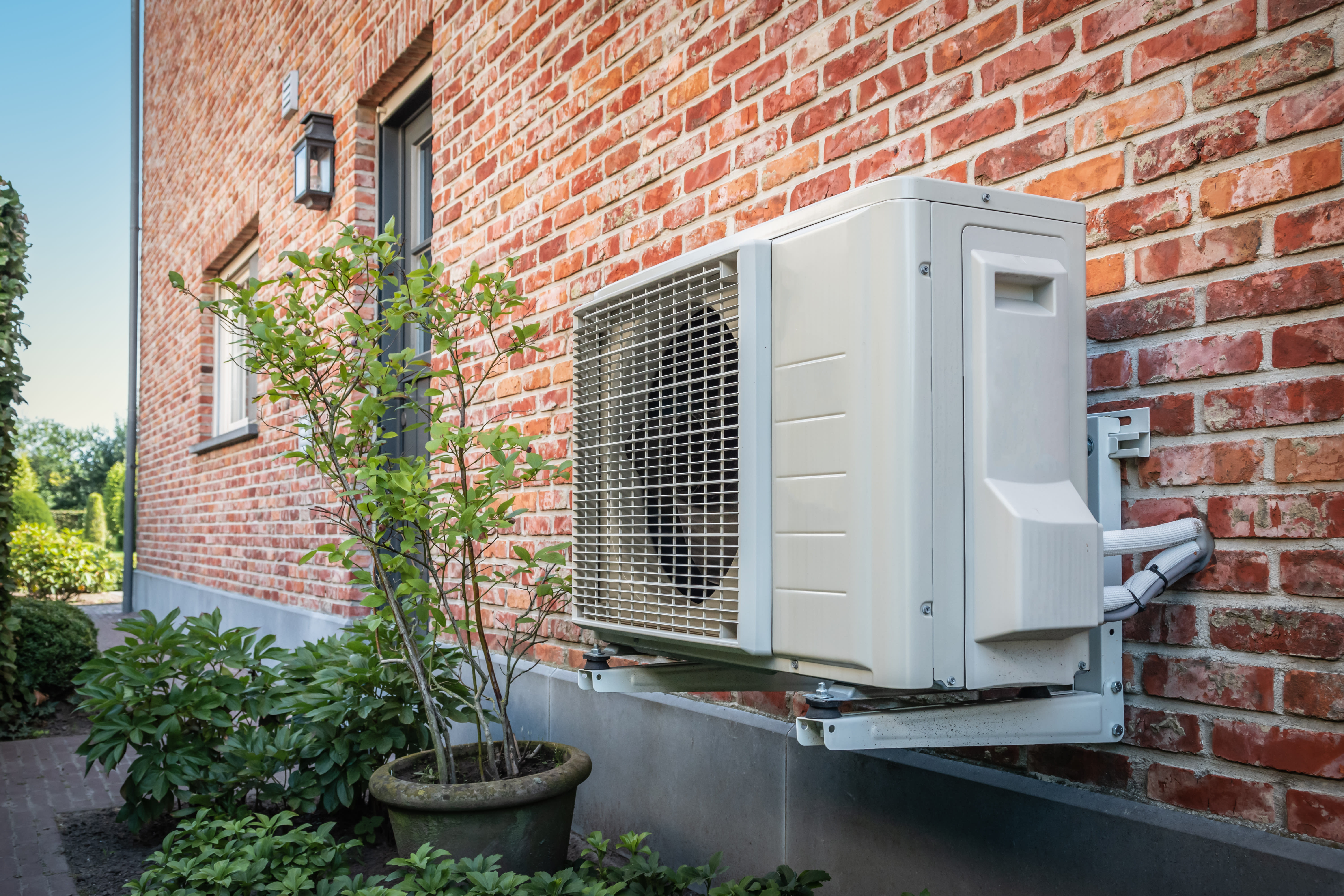
Heating 🔥
Somewhere between ventilation and circulation, the air in your home may encounter a heater. There are LOTS and LOTS of different types of heaters.
Most HVAC systems in the U.S. use natural gas furnaces, which are centralized heating units that create thermal energy by burning natural gas. The thermal energy is transferred to the air in a component of the furnace called the “heat exchanger”, and then that air is distributed throughout the house via ductwork.
Other homes have boilers, which heat water – mostly via fossil fuel combustion, but sometimes with electricity – and send it to radiators in different rooms. The heat from the water emanates into each room, and then travels back to the boiler to start the process again.
Still other homes have electric heat. Under the umbrella of electric heat, there are two main options: electric resistance heaters and heat pumps. 🔌
Electric resistance heaters convert electricity directly into heat by passing them through resistors. These types of heaters can take the form of radiant floor heaters, baseboard heaters, infrared heating panels, space heaters, and so on and so forth forever and ever. Seriously, the list is stupid long.
Heat pumps work by transferring heat from one place to another. You can read more about how they work here. In general, heat pumps are uber efficient, super sustainable, multifunctional, and a much healthier and cheaper alternative to more common heating options. 😍
We here at Wildgrid are big fans of heat pumps, and would recommend checking them out if you are looking to upgrade your HVAC system. We can help you find one that will work for you!
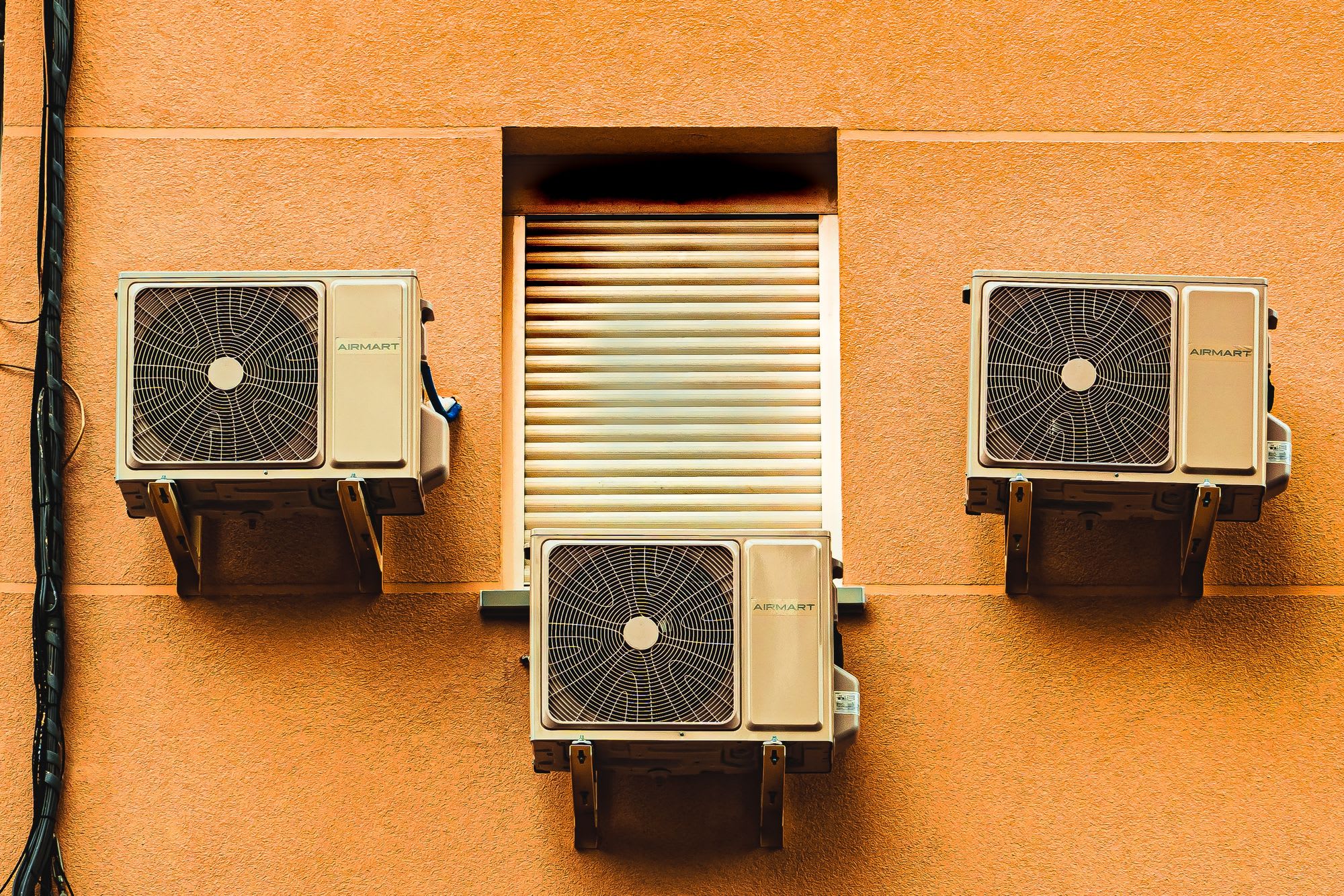
Air Conditioning 🧊
There is much less variation among air conditioners. That’s not to say there aren’t lots of different types of air conditioners: there are centralized systems, split systems, ductless mini-split systems, ducted mini-split systems, window units… but they all work in the same way.
They all remove thermal energy from the air in your home with the help of special chemicals called refrigerants that are passed between an indoor unit and an outdoor unit. It’s actually the exact same mechanism that is used by heat pumps, just reversed. ⏪
Consequently, most heat pumps have the ability to moonlight as air conditioners in the summer months. Like I said: multifunctional.

Some HVAC Extras…
While they didn’t make the cut for the acronym, most modern HVAC systems have a few additional features, as mentioned at the outset of this blog post.
- A thermostat, smart or otherwise, to assist in temperature regulation. 🌡️
- A humidifier/dehumidifier to help keep the amount of moisture in the air at an optimal level, which enhances your comfort and decreases the amount of energy needed to maintain a comfortable temperature. 🔫
- A filtration system, to remove everything from dust particles to viruses from the air being circulated in your home. 🦠
But let’s be real, HVACTHDF just doesn’t have the same ring to it.
Want to electrify your HVAC system? Check out Wildgrid's planning tool!
